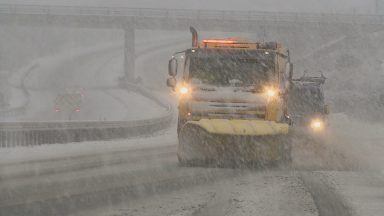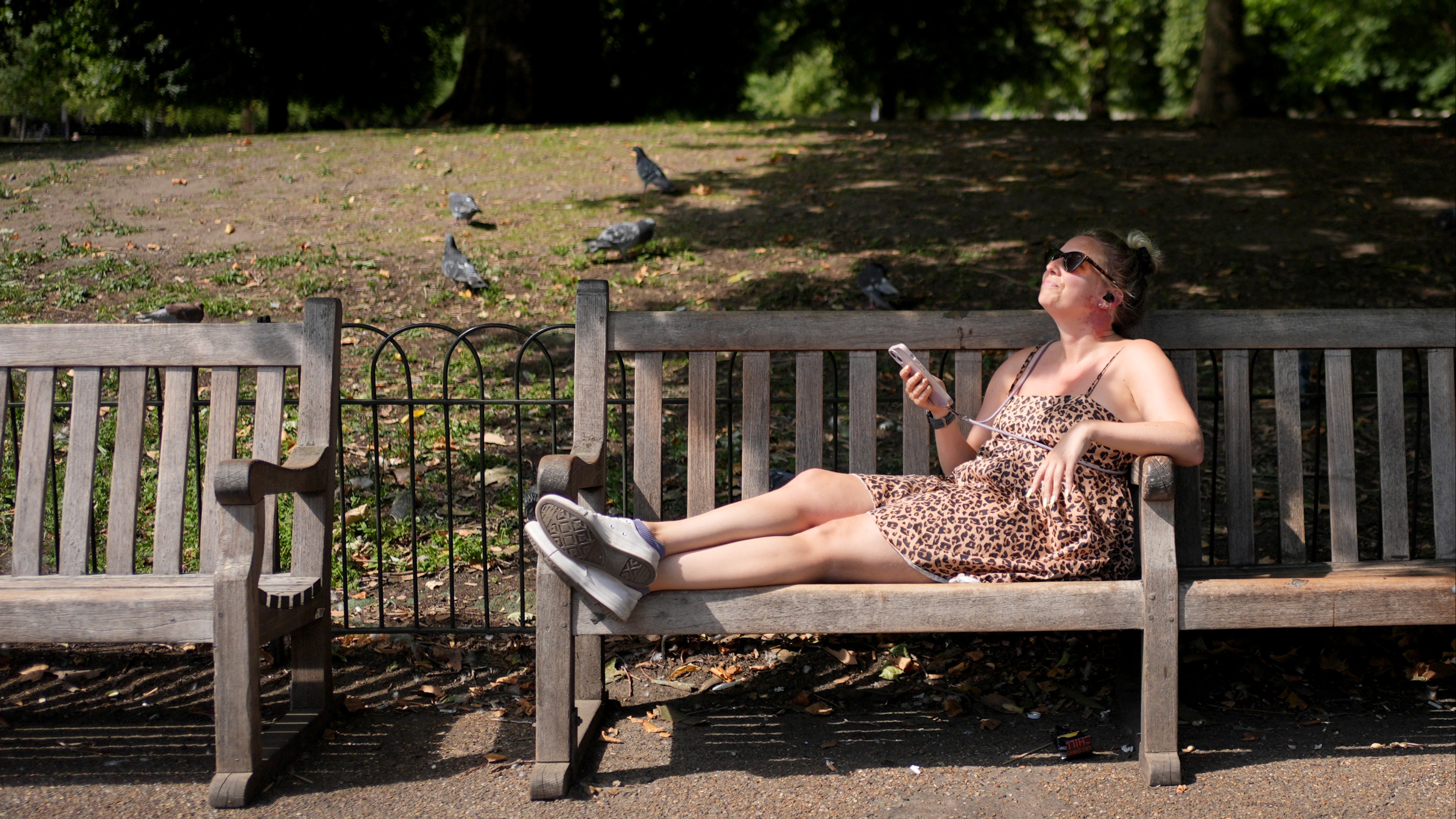It seems like the weather for most of us has been pretty decent recently, which rather unfortunately seems to have started just as lockdown came into force.
Currently we have a large area of high pressure bringing stable and quiet weather across the UK, Iceland and Scandinavia. All the wind, rain and unsettled weather for the time being is taking a trip along southern Europe and the Mediterranean, with intense rainfall across north east Spain and south west France.
Here we will hang onto the dry and sunny weather throughout the week, although we will start to see a bit more cloud developing later and a risk of some isolated showers by Saturday and Sunday.
At this time of year we can get some wild swings in temperature, known as diurnal temperature ranges. This is where sunny skies and the strengthening sunshine can lift temperature into the warm category, but by night we can be turning the heating up as temperatures plummet outside in the clear skies. At the weekend Aviemore was the UK’s warmest and coldest place on Saturday with a swing from -5C in the morning to 16C in the afternoon. On Sunday the temperature hit a frigid -7C in Aboyne and reached a balmy 20C in Kinlochewe in the Highlands.
It looks like temperatures will probably peak on Wednesday and Thursday in Scotland with highs possibly heading for 21-22C in parts of the Highlands, making it the warmest days of the year so far. The highest temperatures are likely to be experienced around Avimore and Wester Ross. Kinlochewe usually does pretty well in easterly air flows. Because the air is coming in from the east, it’s travelling across the North Sea and means eastern coastal areas will always stay a bit low, around 10-15C over the next few days.
I reckon there’s a possibility more people could end up with sunburn than usual as those with gardens or balconies will be spending a bit more time there than they normally would when they are usually in an office, or just able to go out more. With this in mind, I think it’s very important to point out that UV levels are high now, with just eight weeks until the peak in sun strength, so high-factor sun lotion should be worn. In actual fact the UV levels have recently been a little higher than usual because there was lower levels of ozone above our head after a giant hole opened up over the Arctic, although this is now recovering.
Those that suffer from hayfever may struggle in the next few days, too, with high levels of pollen developing, especially in the south west. Sometimes high pressure can increase levels of pollution, but of course now that we are in lockdown, pollution levels have dropped off significantly in cities, which means air pollution should remain low.
The weather will become more showery again next week, but we’ll keep our fingers tightly crossed that the period of lockdown hasn’t been our summer.





























